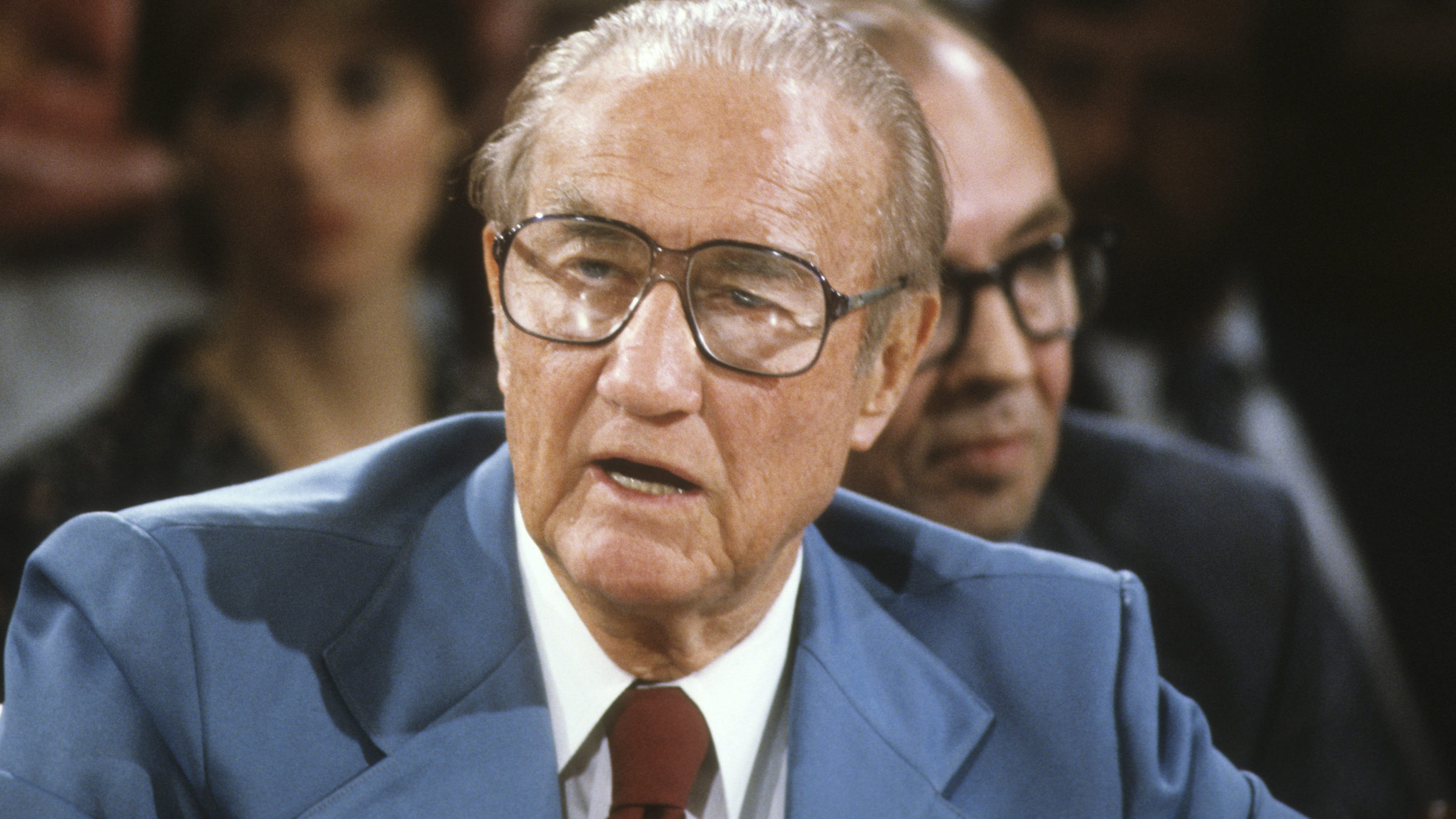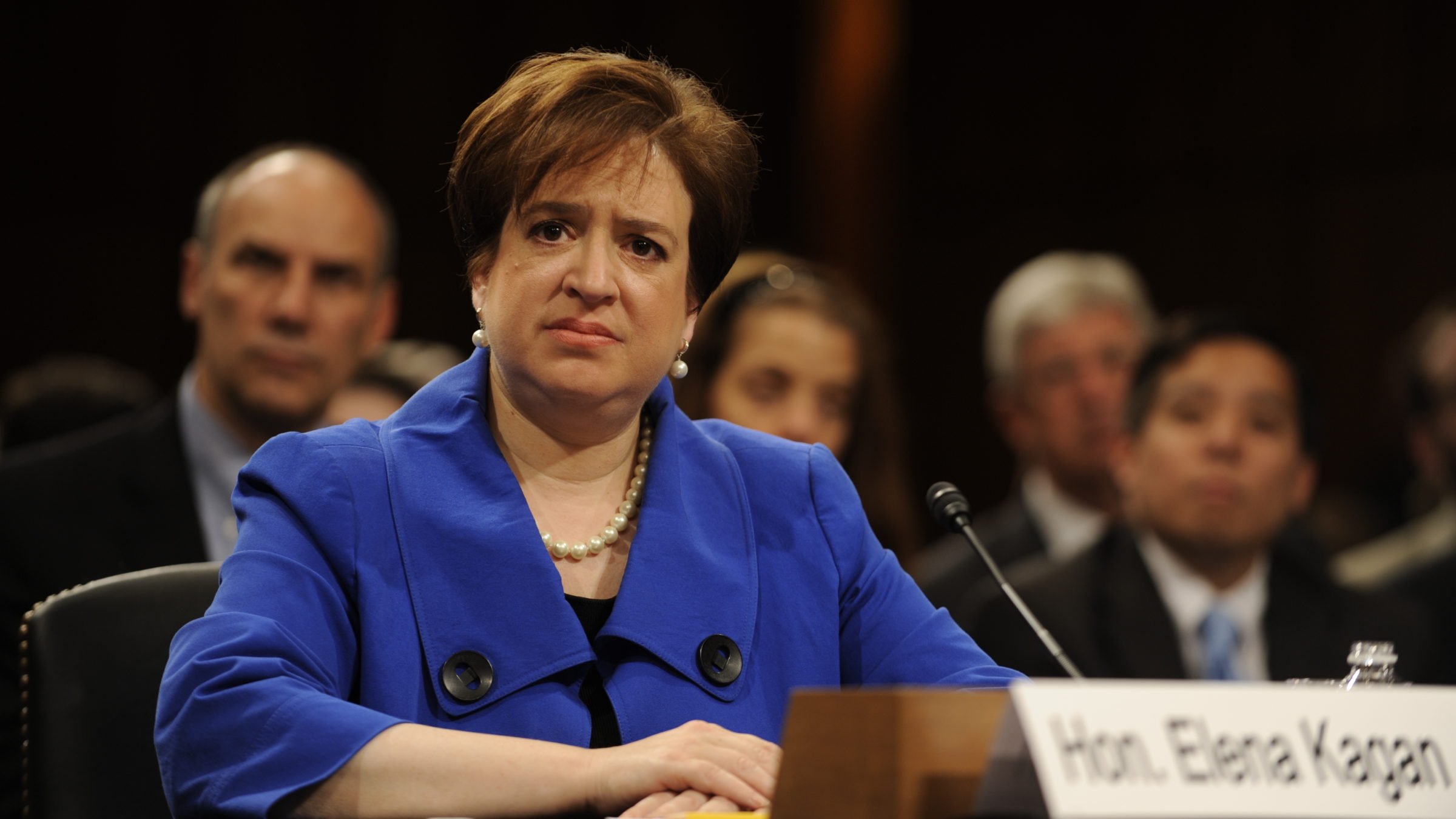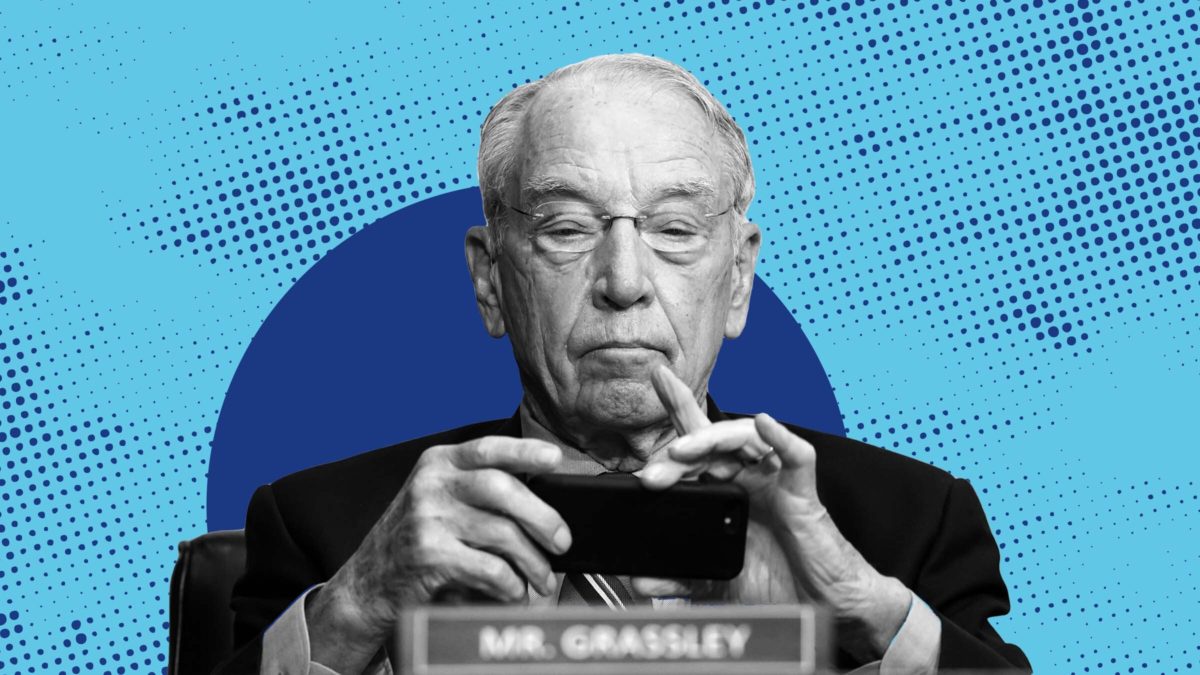Next week, the Senate Judiciary Committee will convene for the Super Bowl for people who use the #AppellateTwitter hashtag unironically: several days of hearings on the nomination of federal appeals court judge Ketanji Brown Jackson to the U.S. Supreme Court.
The Constitution empowers the president to appoint Supreme Court justices, subject to the “advice and consent” of the Senate. In theory, confirmation hearings allow senators to ask probing, incisive questions of the nominee, cannily gauging their fitness for a coveted life-tenured position on the bench. In practice, hearings typically consist of senators droning on about a constellation of topics that may or may not have anything to do with the nominee, the job, or even the law itself. It is like a public job interview, if half the people asking questions were making a big show of barely acknowledging your existence.
For most of the Court’s existence, the Senate voted on nominees without hearings or fanfare of any sort. It confirmed Edward Douglass White, for example—a former Confederate who for some reason was still allowed to spend 27 years on the Supreme Court after the Civil War ended—as an associate justice and later as the chief justice. Both times, lawmakers confirmed him on the same day of his nomination, and both times by voice vote.
As is the case with many institutions in America, the powers that be grew very concerned about the integrity of the process once non-WASP men started getting involved. In 1916, when President Woodrow Wilson nominated Louis Brandeis, a prominent labor lawyer and the first Jewish nominee, the Senate Judiciary Committee suddenly decided that it better hear from some witnesses on the subject. After his opponents exhausted their supply of thinly-veiled anti-Semitic tropes, Brandeis—who, wisely, did not bother to show up to first-ever Supreme Court confirmation hearing—was confirmed by a 47-22 vote. Two decades later, Felix Frankfurter—another Jewish nominee—agreed to attend, but didn’t say much on the grounds that his record spoke for itself. The Senate confirmed him unanimously.
Not until the nomination of John Marshall Harlan II in 1955 did confirmation hearings start to resemble the confirmation hearings of today. As Professor Carolyn Shapiro has noted, this was not a coincidence: One year after the justices in Brown v. Board of Education declared school segregation unconstitutional, the Senate’s angriest racists needed a Court-adjacent forum for airing their grievances, and Harlan’s hearing presented them with a convenient one. Strom Thurmond, the avowed South Carolina segregationist, announced that he’d take a more skeptical approach to nominees in light of Brown, promising to vote against anyone who was, in Thurmond’s estimation, “disqualified for the trust he would assume.” (It feels like this should go without saying, but Thurmond was physically incapable of imagining a lady Supreme Court justice.)

Strom Thurmond, a longtime champion of states’ rights (to do as many racisms as they want) (Photo by David Hume Kennerly/Getty Images)
Since then, every nominee seeking confirmation has had to testify before the Senate Judiciary Committee. Few of them, however, say anything interesting. This is largely because of one Robert Bork, a reactionary’s reactionary nominated by President Ronald Reagan in 1987. Previously, Bork had called the Civil Rights Act of 1964 a “principle of unsurpassed ugliness,” and defended a Virginia poll tax as “very small.” At his hearings, Bork backed down from none of his trademark right-wing shitbaggery, adding for good measure that he would treat membership on the Supreme Court as an “intellectual feast.” Understandably-unnerved senators rejected him on a bipartisan basis, and Republicans have been very upset about it ever since.
Bork’s self-immolation was a valuable lesson for nominees, who learned to conduct themselves in ways that make their hearings as boring as possible. Typically, they decline to discuss their personal beliefs or views on the law, occasionally to degrees that strain credulity. In 1991, for example, Clarence Thomas claimed he hadn’t given much thought to Roe v. Wade, the landmark 1973 case that protects the right to abortion care—an odd assertion for a budding star of the conservative legal movement who, surprise, immediately embarked on a three-decade crusade to overturn it. One analysis found that in 2017, Neil Gorsuch earned the distinction of becoming the least forthcoming nominee in nearly half a century.
The typical rationale offered by nominees is that it would be improper to tip their hands in matters that might one day come before them. “A judge sworn to decide impartially can offer no forecasts, no hints,” explained Ruth Bader Ginsburg during her hearings in 1993, adding that doing so would “display disdain for the entire judicial process.” Since the Senate confirms more people than it rejects, offering amiable non-answers is safer than saying something that might spark controversy, especially from unfriendly senators eager to conjure one one up.
This dynamic has earned its share criticism. In 1995, a promising young law professor wrote a law review article that mocked confirmation hearings as a “repetition of platitudes” that take on “an air of vacuity and farce,” and a “peculiar ritual dance” in which senators “propound their own views on constitutional law, but neither hope nor expect the nominee to respond.” This was both objectively correct and also more than a little awkward for the article’s author, Elena Kagan, when she was nominated to the Court 15 years later. (“I think I’m probably going to hear that quoted back to me,” she acknowledged ruefully. She was confirmed, 63-37.)

Elena Kagan at her confirmation hearings, perhaps silently reflecting on her poor choice of words (Photo by ImageCatcher News Service/Corbis via Getty Images)
What this means is that modern Supreme Court confirmation hearings are less a diligent examination of a nominee’s record than a glorified chance for senators to land a spicy quote in The New York Times. Nominees are stuck nodding along politely with whatever a given senator says, no matter how silly or nonsensical the senators’ “questions” get. My personal favorite moment involved Oklahoma Republican Tom Coburn, an obstetrician, asking Kagan to re-read The Federalist Papers before taking the bench, which is sort of like me offering Tom Coburn some friendly advice on how to perform an emergency C-section.
Because hearings are a glorified performance, both parties coordinate their lines of questioning to cast aspersions on the nominee or allow them to defend their record, as the case may be. Thus, expect Republicans to spend their allotted time with Jackson grandstanding, howling about as many scary-sounding things as they can think of in the hopes that something resembling a criticism sticks. Democrats will take turns asking friendly questions, creating opportunities for rebuttal, and otherwise running out the clock. When senators of either party aren’t talking, they might not be paying attention at all. During John Roberts’s confirmation hearings in 2005, cameras caught Coburn whiling away the afternoon with a crossword puzzle.
Supreme Court confirmation hearings can feel momentous. They don’t happen often, and a life-tenured position imbued with tremendous power is at stake whenever they do. The circumstances of this particular go-round—Jackson would be the Court’s first Black woman justice and its first former public defender—are of course significant and worth celebrating. Sometimes, the proceedings even make the coveted crossover from a glitchy C-SPAN feed to honest-to-God cable news, which is the only thing in life that your average lawmaker in Washington really cares about.
But unless a nominee, for example, faces credible allegations of sexual misconduct, there’s little that happens at these things that threatens to knock a nomination off track. Since two sitting justices were confirmed despite facing such allegations, even that might be a stretch. You can still tune in to watch next week as Jackson takes her turn in the spotlight, if you want. But you won’t be missing much if you don’t.

